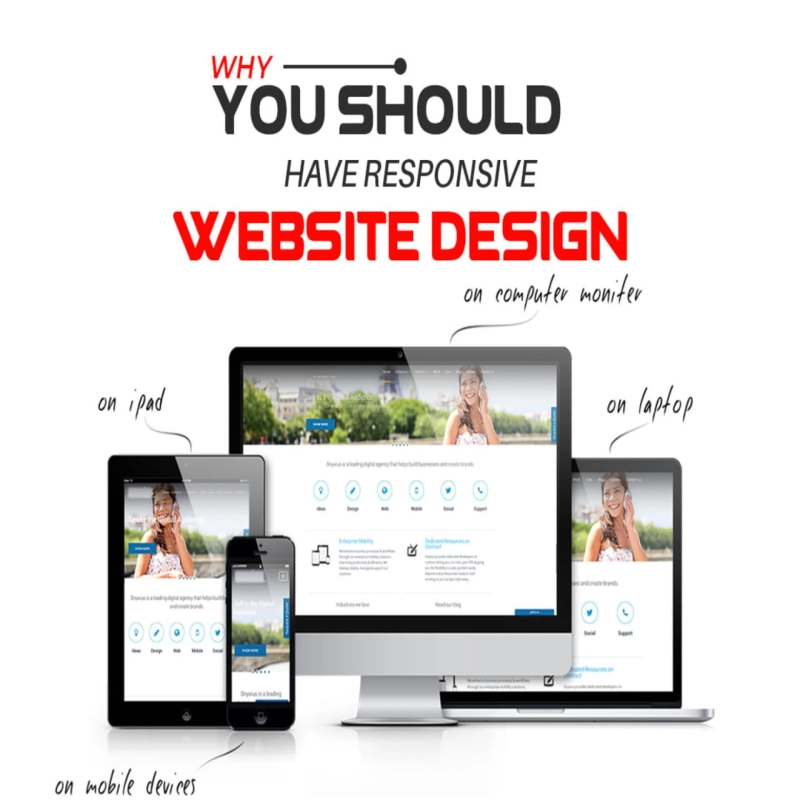Page speed is no longer a nice-to-have—it’s a core ranking factor and a big part of user experience. If you run an online store, your website’s speed directly affects your conversions, bounce rate, and search visibility. Google PageSpeed Insights gives you a clear picture of how your site performs, and one factor that heavily impacts your score is responsive design.
For businesses looking into website design, understanding this connection is key.
What is Google PageSpeed Insights?
Google PageSpeed Insights is a free tool that evaluates how well your website works on desktop and mobile devices. It breaks down your score into:
Performance (based on real speed metrics)
Opportunities (suggestions to improve)
Diagnostics (technical insights)
Your total score is out of 100. Above 90 is seen as good, between 50 and 89 as needing work, and below 50 as poor.
Why Responsive Design Matters
Responsive design ensures your site looks and works well across all screen sizes—phones, tablets, laptops, desktops. But beyond visual adaptability, it affects how quickly and efficiently your website loads and operates on different devices.
Here’s how it impacts your PageSpeed score:
1. Mobile-First Experience
Google prioritizes mobile usability in its rankings. If your site isn’t responsive, it may load poorly or break on mobile, dragging your mobile PageSpeed score down. For e-commerce businesses, this is a deal-breaker—most traffic now comes from mobile devices.
2. Layout Shifts and Cumulative
Layout Shift (CLS) One core web vital measure measured by PageSpeed is CLS—how much the page layout shifts while loading. Non-responsive or poorly coded responsive sites often suffer from high CLS due to delayed loading of images, fonts, or ads. A well-structured responsive design prevents these shifts.
3. Image Optimization
Responsive design often includes adaptive image loading, serving smaller files on mobile devices. This reduces load time and improves your Largest Contentful Paint (LCP), another key performance metric in PageSpeed Insights.
4. Reduced Unused CSS/JS
Responsive sites built with performance in mind load only what’s needed for the specific device. This minimizes unused CSS or JavaScript issues that often appear in PageSpeed reports and lowers your score.
Why It Matters for E-Commerce Sites
In e-commerce, speed equals sales. A delay of even one second can lower conversions by 7%. If your website frustrates users or scores poorly on mobile, you're losing customers before they even see your products.
Partnering with professionals in e-commerce website design in India means you can build or rebuild your online store with speed and responsiveness at its core. The right team ensures your design isn't just attractive—it performs where it counts.
Final Thoughts
Responsive design isn’t just about looking good on different devices—it’s about loading faster, working better, and converting more users. A high PageSpeed score is part of that equation, and it starts with smart, responsive design.
If you're planning to build or optimize an online store, look for experts in website design in India who understand how to blend design with performance.



